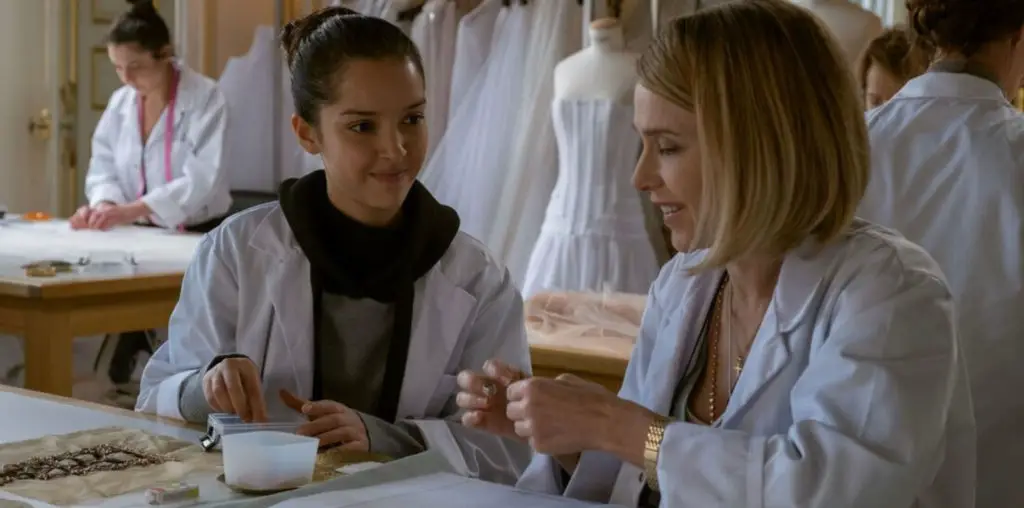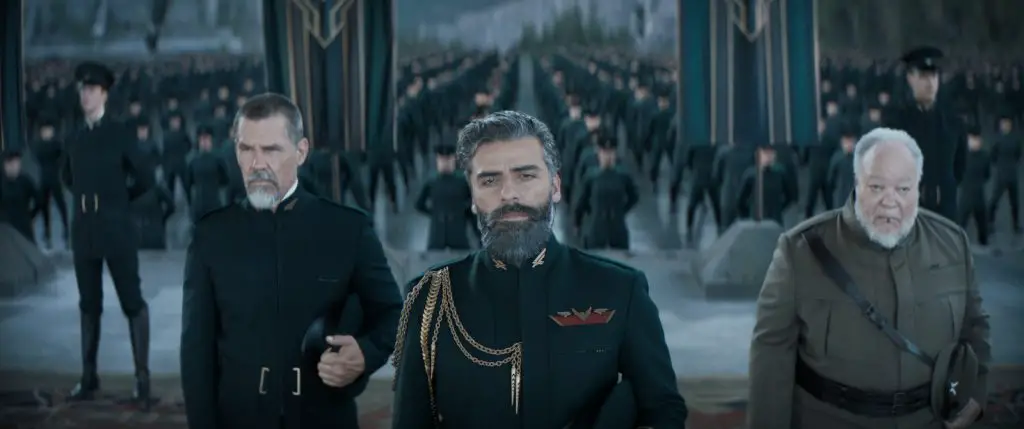
Documentaries are deceptively simple to make and evaluate. They’re too long or too short, too biased or too vague; narratively repetitive or ideologically unconvincing, or consist of too much or too little direct address. In some cases, the balance between information and entertainment is not competently handled and leaves the viewer yearning for more of a one element and less of another (too many talking heads!).
Filmmakers Chris Metzler and Jeff Springer, the creative minds behind the ecologically aware and culturally relevant documentary “Plagues & Pleasures on the Salton Sea,” have learned that the right balance between fact and fun is attainable. They met each other just over a decade ago as undergrads “in the dorms at USC.” Springer was a Production major in the Cinema-Television program and Metzler studied Film and Business. Through conversations made possible by the world of binary code, Metzler and Springer updated me on their journey making and promoting their film.
How has the theatrical tour been?
Metzler: The tour has been great. We learned a lot of what it takes to be independent filmmakers by taking the film on the road and embracing our inner marketer/salesman. You just have to keep it genuine and roll with the highs and lows. It has always been satisfying to be able to connect with an audience after screenings. The film, much like the Salton Sea itself, can be seen in so many different ways. Some people see paradise, some people see apocalypse, and both are right. Life is what lives between those contradictions.
Springer: So speaking with an audience is great, because everyone always comes at it from their own original perspective. It is a collision of perspectives that we always felt was one of the strengths of the film itself.
M: Not to mention the tour allows one to see the country and have a good time! Touring with the film has been a wonderful way to mix work and play. Viva la Self-Distribution Revolution!
S: We always knew there was an audience for the film; we just had to go find it.
How have the residents of Salton City responded to the documentary?
S: Very positively. Or most of them have. There are a few that want a more idealistic and propagandistic approach, so they can better sell their houses and lots for more money, but overall most people are very supportive and glad that people might just be drawn to the Sea to rediscover how great the place is.
M: Yeah, a lot of folks said after they watched the film that they laughed their a***s off and said that what we captured is so true. You can’t have a better audience response than that.
It’s incredible how subtly and significantly a nonfiction film’s message, theme, or tone can change just by removing or adding footage (from mere minutes to entire sections). How did you and Jeff manage to organize or stay on top of all the narratives and political subtexts that came out of all the footage that was filmed?
M: Most definitely. It’s a lot to juggle, and you’re always on the edge of frying your brain. I think the one thing which prevented that was that both Jeff and I were the one to catalogue the tapes, transcribe the interviews, pull the selects from the footage, and of course, we were there for the interviewing and the filming, so we had an intimate knowledge of everything that was shot. Plus, since our film is structured chronologically and, in a way, is an assembly of thematically related vignettes, it was easier to organize because we could just move the chunks around and or remove them. You’re basically working on a micro perspective for each scene/vignette and a macro perspective for the larger sense of the film and breaking into those two perspectives made things a bit easier to handle.
How or where do you negotiate that line between knowing you owe it to the people in the documentary to be truthful and respectful to them but at the same time not lose track of the vision(s) or purposes of making the film in the first place? Or is it more practical and even preferable to have a general idea but to let each project determine how one should approach that line?
M: I think the latter. Our vision arose from the choice of the subject matter and we chose the subject because of our own affections for places like the Salton Sea. Those goals can’t be mutually exclusive, as that’s where you get into trouble and risk becoming either propaganda or some other similarly myopic vision of the world. Damn that sounds pretentious, but heck, how can you have any fun making a documentary if you already know everything about the story beforehand?
S: You need a general idea and understanding of the ideas you want to explore, but you have to let the story take you where it needs to go and change according to its needs. Plus, you have to shoot the film in a way that represents the people, place, and story. The story must determine everything. We didn’t make the film to educate people, even though it does that by default; we were there to document this community and also to tell a sad but entertaining story. It’s okay to laugh.
There’s a “limited edition” of your film with an “Environmental” version and a “Theatrical” one. What’s the difference between the two?
S: The “limited” edition DVD was available from our web site and for sale on screenings that celebrated the 100th anniversary of the accident that led to the creation of the Salton Sea. The Environmental version is an hour long, while the theatrical is seventy-three minutes in length. While we are far from activist filmmakers, we recognized that there were a variety of possible audiences for the film, so the Environmental version is targeted at the more educational and activist market, and it also happens to be the TV cutdown that premiered on the Sundance Channel, which was very appropriate, as we were part of their Green TV launch.
M: We have now discontinued sales of that DVD and it is no longer available, but a new and improved DVD is being put into wide release by Docurama.
S: The Docurama release is similar but different. Some differences include: cover and menus. The Docurama DVD includes: Audio commentary by us and Salton Sea locals, Steve Horvitz and Norm Niver; lost interviews, deleted scenes, a short documentary on the band Friends of Dean Martinez (scored the film); a short documentary, “Leonard & The Mountain,” on folk artist Leonard Knight; a real estate promotional film from the Salton Sea’s hey-day, “Miracle in the Desert;” a short vignette on the Salton Sea skateboarding scene, “Fruit of the Vine;” the hilariously, surreal documentary short “LSD A Go Go,” and the “Plagues & Pleasures On the Salton Sea” trailer.
M: We always wanted the DVD release to be the comprehensive encyclopedia on all things film-related to the Salton Sea. The only thing we’re missing is the Val Kilmer movie.
S: The Docurama DVD doesn’t have the Environmental version on it, but other than that, they are very similar. They are both narrated by John Waters.
How did you get John Waters to lend his voice?
S: We had a prior version of the film with very serious voice-over. We always thought it needed something different. So, after we premiered that version of the film at Slamdance and continued to build up momentum for the film on the film festival circuit, we wound up screening at the kick a*s USA Film Festival in Dallas/Ft. Worth. We had mentioned to the festival director that we would love John Waters to do the voice-over. And what do you know, he sat on their board and she was willing to send him a tape on our behalf. And what do you know, he accepted! It was easier than we ever expected.
M: Just one of those moments of serendipity and being very, very lucky.
What projects do you have lined up for the future?
M: A few different feature documentaries and shorts, including a film on the punk/funk/ska/metal band Fishbone, as well as films on outsider art and taxidermy.
S: I’m currently tracking East German tiki bar owners for another project. Projects always take so long to put together that you need a few to do at the same time. Since I grew up in Hawaii, I have always been interested in the kitsch appropriation of Hawaiian culture. We even played a little bit with that in “Plagues & Pleasures” with the Friends of Dean Martinez doing a cover of the traditional Hawaiian folk song “Aloha One” over the opening credits of the film. Exploring the post-communist East German tiki culture just takes this to the next level, and into a world you could never imagine! Get ready for a big schnitzel with your Mai Tai!
Can you share something about your experiences making or marketing the film that you would like the readers at Film Threat to know? Cautionary tales, random acts of comedy?
S: Get lots of interns! No seriously; it is so much work that is hard to do with just a two-person team. It is always so much more work than anyone would ever expect. Just make sure you love the film enough to really push it through. Do it for the LOVE!
M: Yeah, especially because at some points in the making of the film you are going to hate it, so you always have that little inkling of love hidden somewhere in your soul.
S: The film’s life never stops. Even when you think it’s done, the work is still there to be done—nobody out there will ever work as hard for your film as you will. That doesn’t mean not to bring other people into the project, but you can’t count on just finishing up the film and hoping that someone is going to just sweep down and lift you up to glory. Making the film is only the start on that path to getting the film distributed.
M: So, while there were some advantages to our unusual distribution strategy, of putting the film out there “in progress” and then now as a finished film, it also created more work for us in the end—we probably should have been more patient in getting the film in front of audiences.
S: But then again, it was great to hear the audience’s response. Our characters offer so many conflicting points of view that it is fascinating to hear what the audience gets from it. By showing our longer, rougher cut in public at Slamdance and then other film festivals, we could really get some great objective and ideas about what to change. I really think it is true that films are never finished. In some way, it is a constant process.

